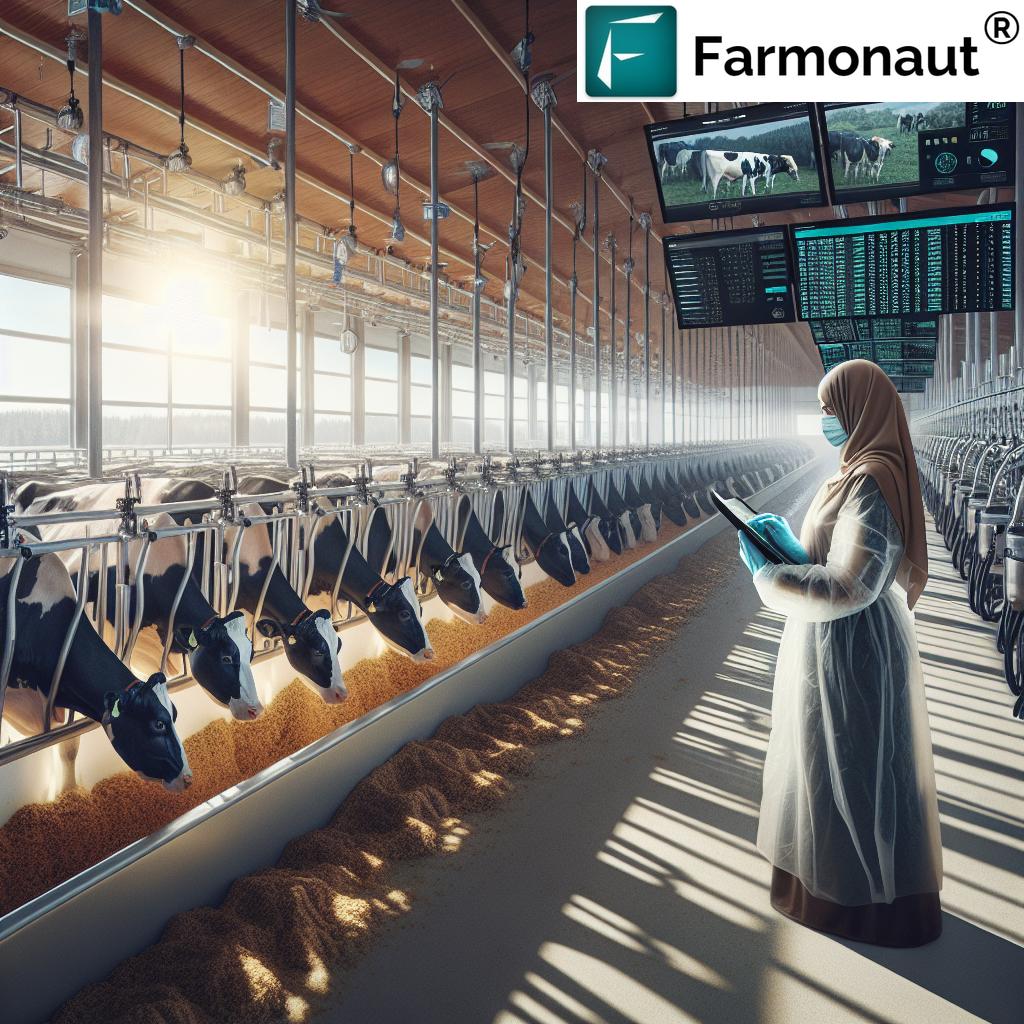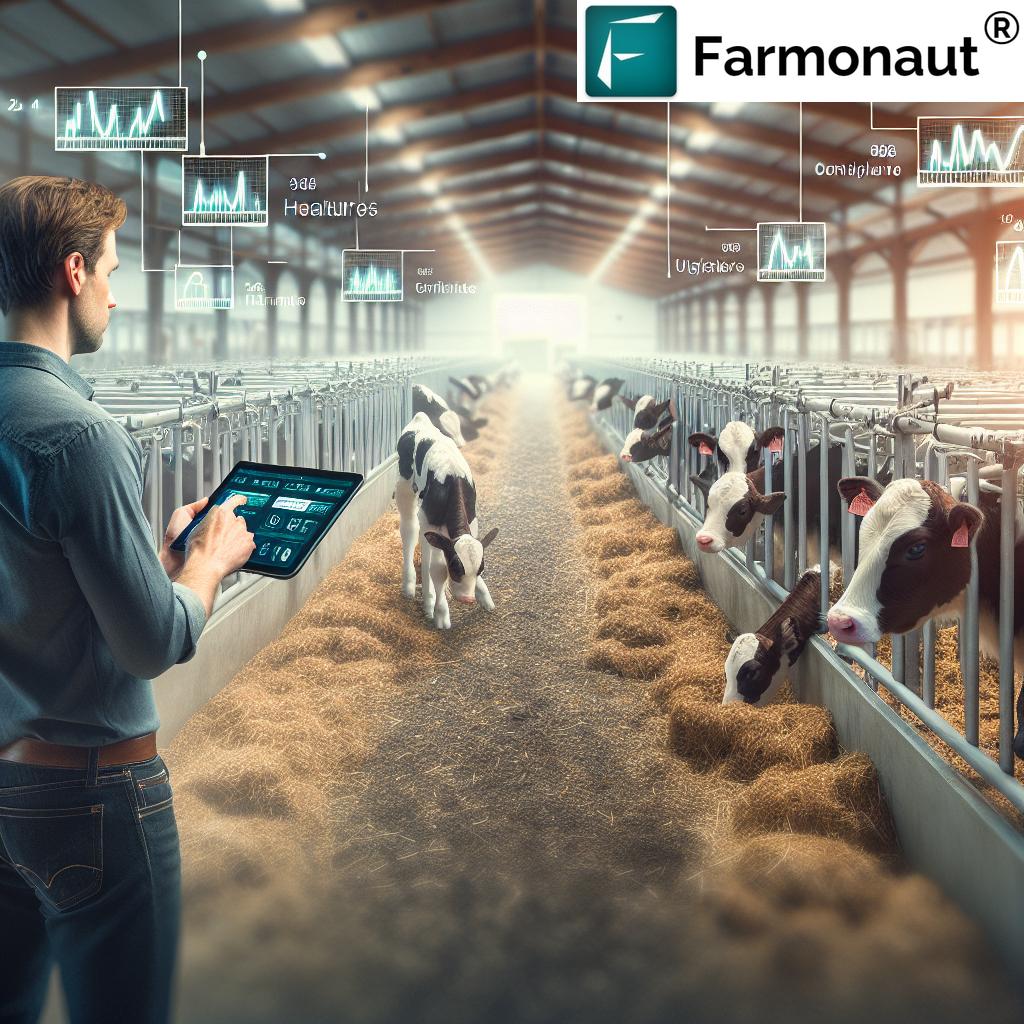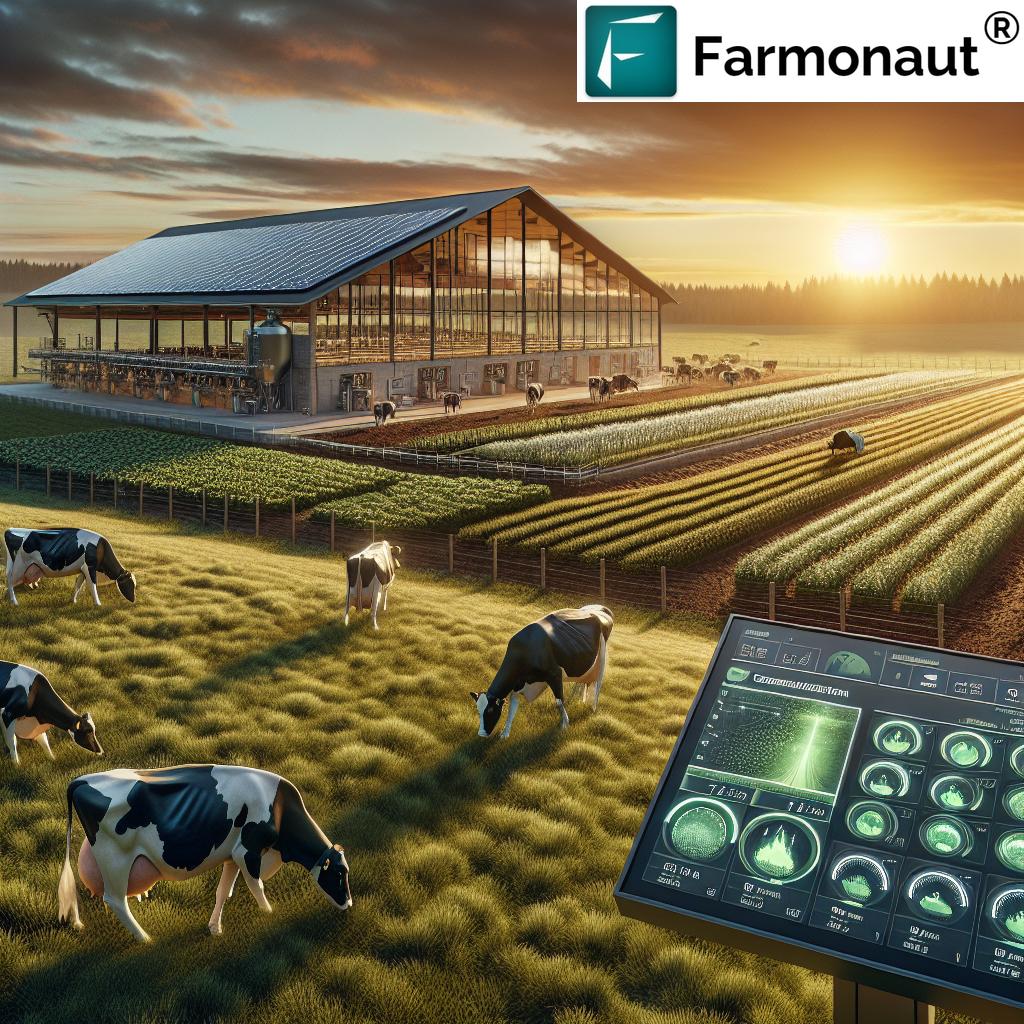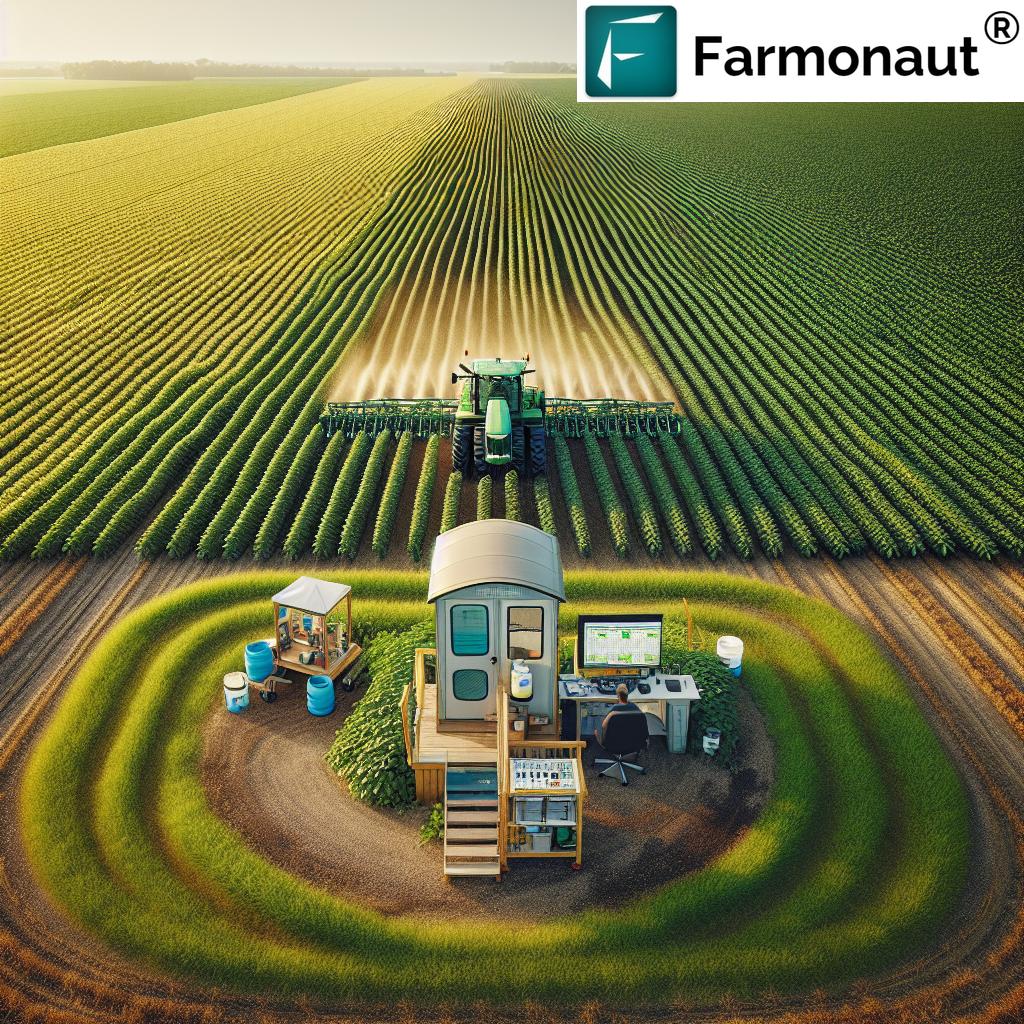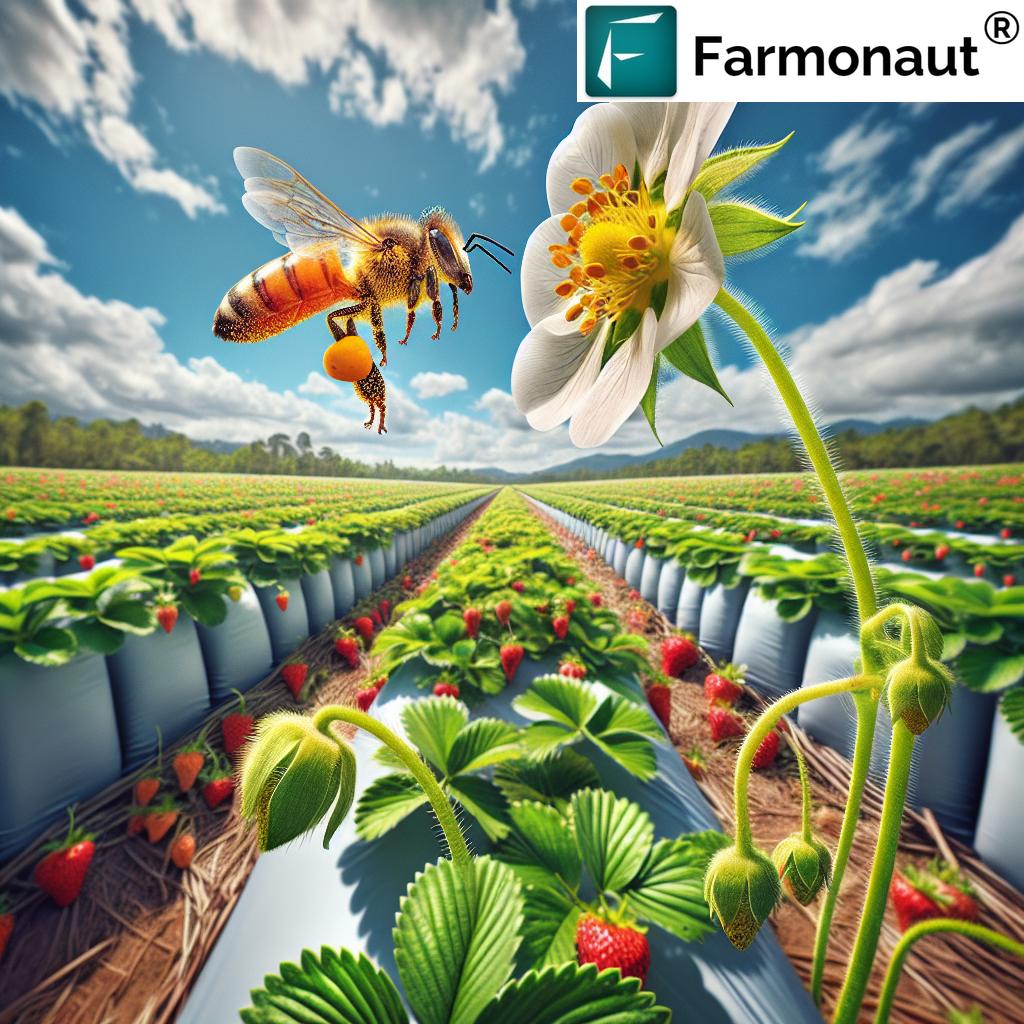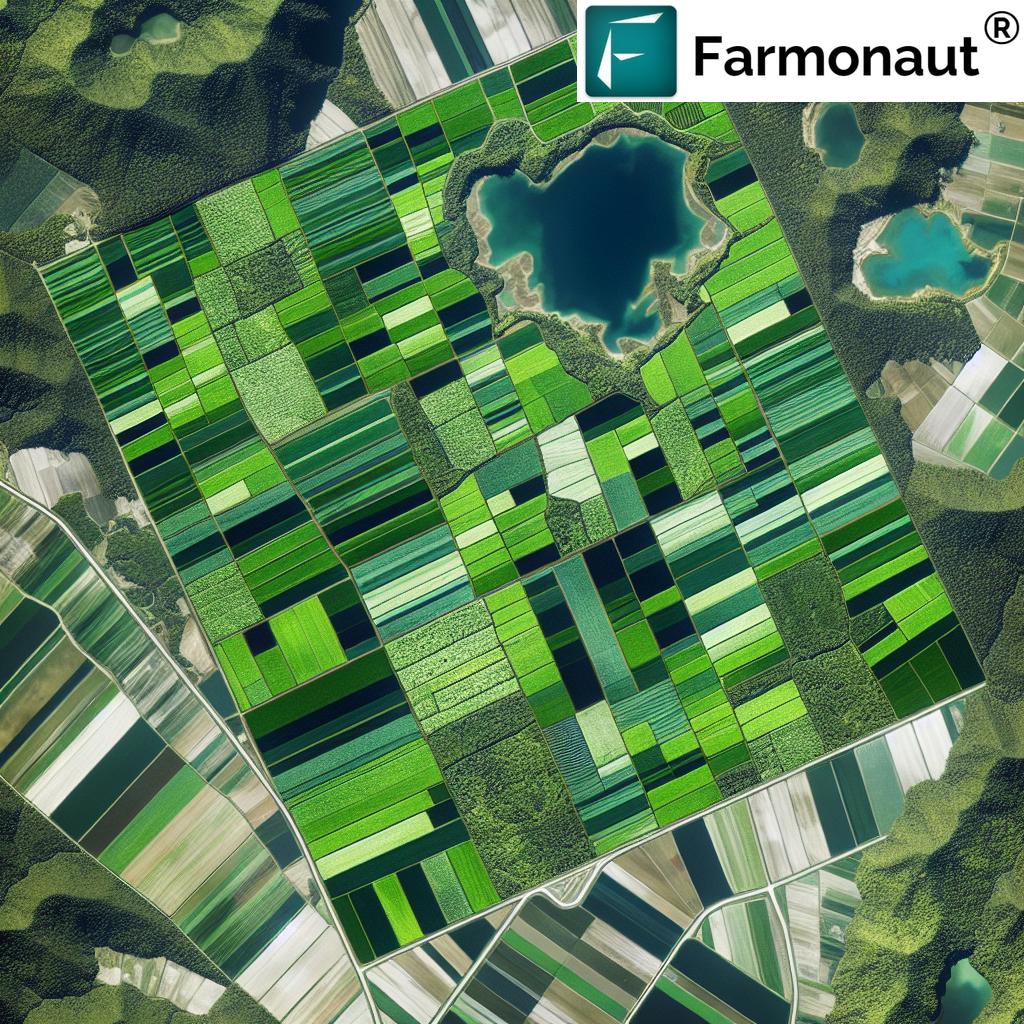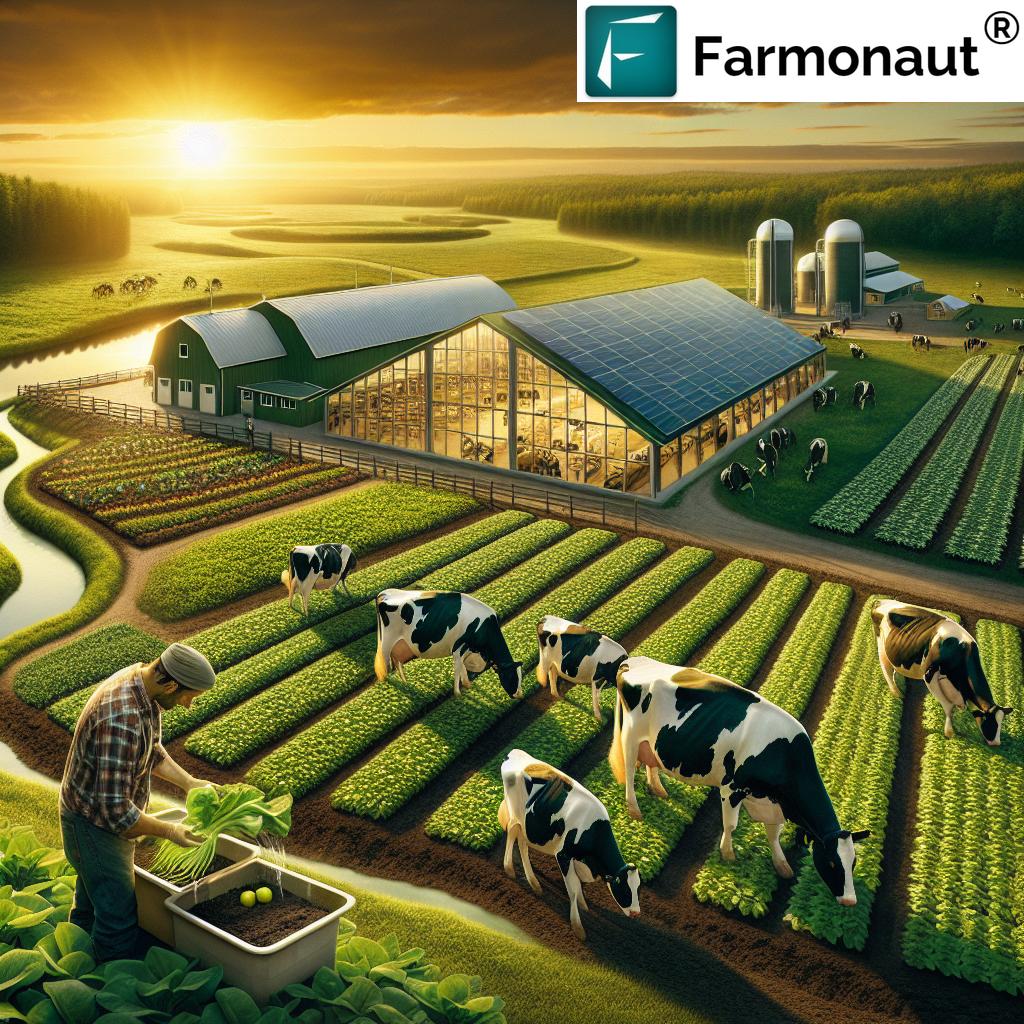Edmonton’s Indoor Farming Revolution: Sustainable Agriculture Meets Healthcare Innovation
“Edmonton’s indoor farming initiative contributes to both local food production and medical research through a single purchase model.”
In the heart of Alberta, a groundbreaking initiative is taking root, transforming the landscape of sustainable agriculture and healthcare innovation. Edmonton’s indoor farming revolution is not just changing how we grow food; it’s reshaping our approach to community health and environmental stewardship. As we delve into this exciting development, we’ll explore how cutting-edge technology and community-driven philanthropy are coming together to create a healthier, more sustainable future for all.
The Convergence of Sustainable Agriculture and Healthcare
At the forefront of this revolution is Alberta Food Security Inc. (AFS), a wholly owned subsidiary of TrustBIX Inc., which has partnered with the University Hospital Foundation to create a unique synergy between sustainable food production and healthcare advancements. This collaboration exemplifies how agricultural innovation can drive positive change, fostering a healthier community and environment.
Through this innovative partnership, every indoor farm grow module purchased by participating customers not only contributes to local food security but also supports vital medical research. For each module sold, AFS donates $1,000 to the Foundation’s Igniters program, a next-generation philanthropy initiative aimed at advancing healthcare through innovation.
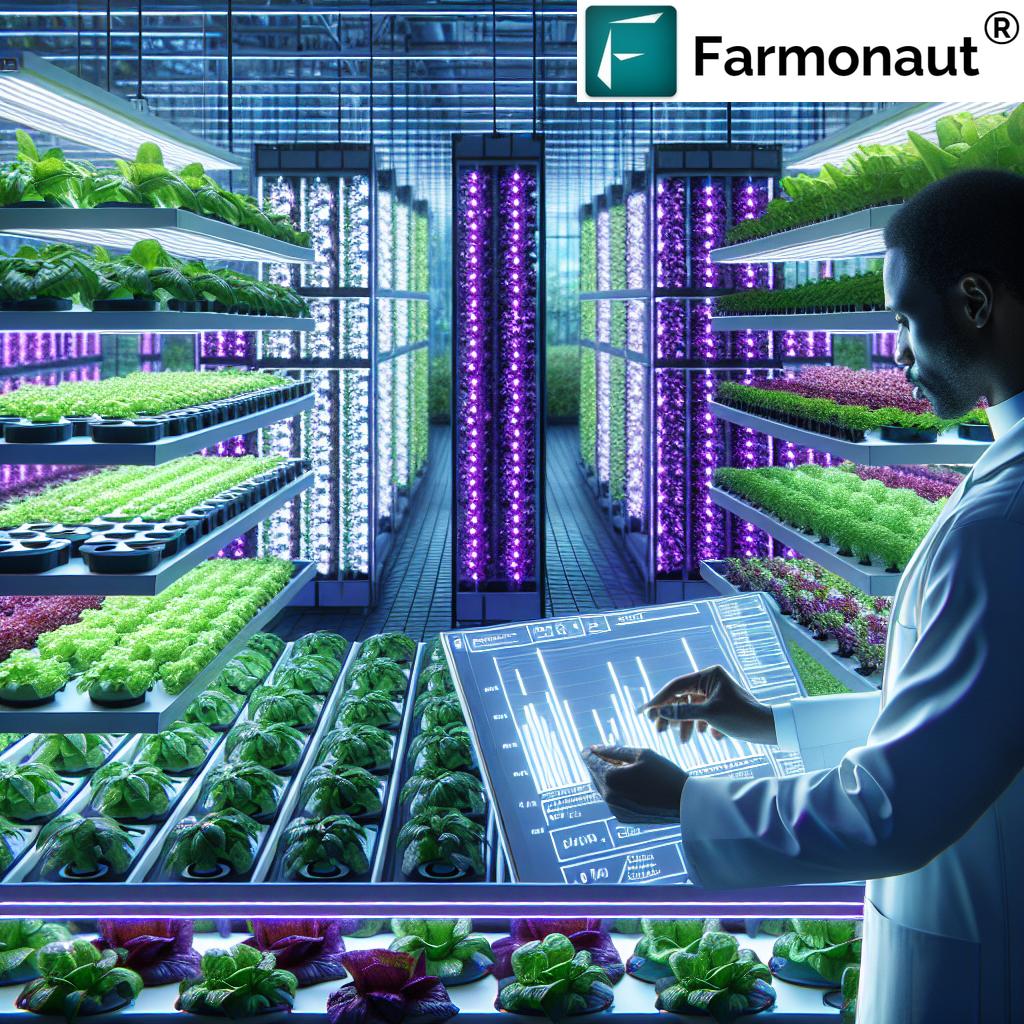
The Power of Indoor Farming Technology
Indoor farming technology is at the heart of this revolution, offering a sustainable solution to the challenges faced by traditional agriculture. By utilizing controlled environments, these innovative systems can produce fresh, locally grown produce year-round, regardless of external weather conditions.
Some key benefits of indoor farming include:
- Reduced water usage
- Minimized pesticide use
- Increased crop yields
- Year-round production capability
- Shortened supply chains
These advantages make indoor farming an attractive option for urban areas like Edmonton, where space is at a premium and the demand for fresh, locally sourced produce is high.
Comparing Traditional and Indoor Farming Methods
| Farming Method | Space Efficiency (kg/m²) | Water Usage (L/kg) | Energy Consumption (kWh/kg) | Year-round Production | Food Miles | Pesticide Use | Community Impact |
|---|---|---|---|---|---|---|---|
| Traditional Farming | 1-2 | 70-200 | 0.1-0.3 | No | 1000+ km | High | Limited |
| Indoor Farming | 20-50 | 2-5 | 0.8-2.5 | Yes | 10-50 km | Low | High (Healthcare) |
As we can see from this comparison, indoor farming offers significant advantages in terms of resource efficiency and environmental impact. While it does consume more energy, the benefits in terms of water conservation, reduced pesticide use, and year-round production capability make it a compelling option for sustainable urban agriculture.
The Role of Technology in Sustainable Agriculture
Advanced technology plays a crucial role in making indoor farming efficient and sustainable. From LED lighting systems to hydroponic and aeroponic growing methods, these innovations are revolutionizing how we produce food in urban environments.
One company at the forefront of agricultural technology is Farmonaut, which offers satellite-based farm management solutions. While not directly involved in the Edmonton initiative, Farmonaut’s technology exemplifies the kind of innovative approaches that are transforming agriculture globally.
Farmonaut’s platform provides valuable services such as real-time crop health monitoring, AI-based advisory systems, and resource management tools. These technologies, when applied to indoor farming, can further enhance efficiency and productivity.
Community-Supported Agriculture and Philanthropy
What sets Edmonton’s indoor farming revolution apart is its unique integration of community-supported agriculture with healthcare philanthropy. This model not only ensures a steady supply of nutritious, locally sourced food but also generates revenue for cutting-edge healthcare projects.
The University Hospital Foundation’s Igniters program brings together passionate philanthropists and change-makers, putting the power of health transformation into their hands. By linking indoor farming purchases to this program, AFS creates a direct connection between sustainable food production and healthcare innovation.
“The sustainable indoor farming approach in Alberta addresses two global challenges: food security and healthcare innovation in under 20 words.”
Environmental Impact and Sustainability
Sustainable indoor farming solutions offer significant environmental benefits. By reducing the need for long-distance transportation, these local food production systems help decrease carbon emissions associated with traditional agriculture.
Moreover, the controlled environment of indoor farms allows for precise resource management, minimizing waste and maximizing efficiency. This is particularly important in regions like Alberta, where water conservation is a critical concern.
For businesses looking to monitor and reduce their environmental impact, solutions like carbon footprinting can be invaluable. While not specific to the Edmonton initiative, such tools demonstrate the growing focus on sustainability in agriculture and related industries.

Economic Benefits and Job Creation
The indoor farming revolution in Edmonton is not just about food and health; it’s also driving economic growth and job creation. As this innovative sector expands, it’s creating new opportunities for workers in agriculture, technology, and related fields.
Some of the economic benefits include:
- Creation of high-tech agricultural jobs
- Development of a local, sustainable food economy
- Reduced reliance on imported produce
- Potential for export of indoor farming technology and expertise
These economic advantages further underscore the value of investing in sustainable indoor farming technology.
The Future of Urban Agriculture in Alberta
As Edmonton leads the way in combining sustainable agriculture with healthcare innovation, the potential for expansion across Alberta and beyond is significant. This model of integrating food production with community-supported philanthropy could be replicated in other urban centers, creating a network of sustainable, health-focused communities.
The future of urban agriculture in Alberta might include:
- Expansion of indoor farming facilities in other cities
- Integration of indoor farms with urban planning and development
- Increased research and development in agricultural technology
- Greater collaboration between agriculture and healthcare sectors
Challenges and Solutions in Indoor Farming
While indoor farming offers numerous benefits, it’s not without its challenges. Some of the main hurdles include high initial setup costs, energy consumption, and the need for specialized knowledge and skills.
However, ongoing research and technological advancements are addressing these issues. For example:
- Development of more energy-efficient LED lighting systems
- Improvements in hydroponic and aeroponic growing techniques
- Integration of AI and machine learning for optimized crop management
- Training programs to develop skilled workers for the indoor farming industry
As these solutions evolve, the efficiency and sustainability of indoor farming will continue to improve, making it an increasingly viable option for urban food production.
The Role of Technology in Modern Agriculture
Technology is revolutionizing agriculture, and indoor farming is at the forefront of this transformation. Advanced systems for monitoring crop health, managing resources, and optimizing growth conditions are essential components of successful indoor farms.
While not directly related to the Edmonton initiative, platforms like Farmonaut demonstrate the potential of technology in agriculture. For instance, product traceability solutions can enhance transparency and trust in the food supply chain, a crucial factor in urban agriculture systems.
Community Engagement and Education
A key aspect of Edmonton’s indoor farming revolution is community engagement and education. By involving local residents in the process of food production and connecting it to healthcare initiatives, this project fosters a deeper understanding of sustainable agriculture and its impact on community health.
Some ways the community can engage with this initiative include:
- Tours of indoor farming facilities
- Educational programs on sustainable agriculture
- Volunteer opportunities in local food production
- Participation in health-focused events and fundraisers
These engagement opportunities help build a more informed and connected community, further enhancing the impact of the indoor farming revolution.
The Global Context: Edmonton as a Model for Sustainable Urban Agriculture
Edmonton’s innovative approach to combining sustainable indoor farming with healthcare philanthropy serves as a model for other cities around the world. As urban populations continue to grow and the challenges of climate change intensify, the need for sustainable, local food production systems becomes increasingly urgent.
By demonstrating how indoor farming can address both food security and healthcare needs, Edmonton is pioneering a holistic approach to urban sustainability. This model has the potential to inspire similar initiatives globally, contributing to a more resilient and healthy future for cities worldwide.
The Intersection of Agriculture and Healthcare
The partnership between AFS and the University Hospital Foundation highlights the growing recognition of the connection between agriculture and healthcare. Nutritious, locally grown food is increasingly seen as a cornerstone of preventive healthcare, while agricultural innovation can contribute to medical research and treatment development.
This intersection opens up new possibilities for collaboration between sectors that have traditionally operated separately. As we move forward, we may see more initiatives that bridge the gap between food production and healthcare, creating comprehensive solutions to some of our most pressing challenges.
The Role of Policy and Governance
For Edmonton’s indoor farming revolution to reach its full potential, supportive policies and governance structures are essential. Local and provincial governments play a crucial role in creating an environment that fosters innovation in sustainable agriculture and healthcare.
Key policy areas that can support this initiative include:
- Zoning regulations that allow for urban agriculture
- Incentives for sustainable farming practices
- Support for research and development in agricultural technology
- Integration of local food production into public health strategies
By aligning policies with the goals of sustainable indoor farming and healthcare innovation, governments can help accelerate the growth and impact of these initiatives.
Conclusion: A Sustainable Future for Edmonton and Beyond
Edmonton’s indoor farming revolution represents a bold step towards a more sustainable and healthy future. By combining innovative agricultural technology with community-supported philanthropy, this initiative is addressing critical challenges in food security and healthcare.
As we look to the future, the potential for expansion and replication of this model is immense. With continued innovation, community engagement, and supportive policies, Edmonton’s approach to sustainable indoor farming could serve as a blueprint for cities around the world, helping to create more resilient, healthy, and sustainable urban environments.
The convergence of sustainable agriculture and healthcare innovation in Edmonton is more than just a local success story; it’s a glimpse into the future of urban living. As we face global challenges like climate change and food security, initiatives like this show us that with creativity, collaboration, and commitment to sustainability, we can create solutions that benefit both people and the planet.
FAQ Section
- What is indoor farming?
Indoor farming is a method of growing crops in controlled environments, typically using hydroponic or aeroponic systems, LED lighting, and precise climate control. - How does indoor farming contribute to sustainability?
Indoor farming reduces water usage, minimizes pesticide use, allows for year-round production, and shortens supply chains, all contributing to a more sustainable food system. - What is the Igniters program?
The Igniters program is a next-generation philanthropy initiative by the University Hospital Foundation that brings together passionate individuals to support healthcare innovation. - How does purchasing an indoor farm module support healthcare?
For every indoor farm grow module purchased, AFS donates $1,000 to the University Hospital Foundation’s Igniters program, supporting healthcare innovation. - Can indoor farming completely replace traditional agriculture?
While indoor farming offers many benefits, it’s likely to complement rather than completely replace traditional agriculture, especially for crops that are less suited to indoor environments.
Earn With Farmonaut: Earn 20% recurring commission with Farmonaut’s affiliate program by sharing your promo code and helping farmers save 10%. Onboard 10 Elite farmers monthly to earn a minimum of $148,000 annually—start now and grow your income!






